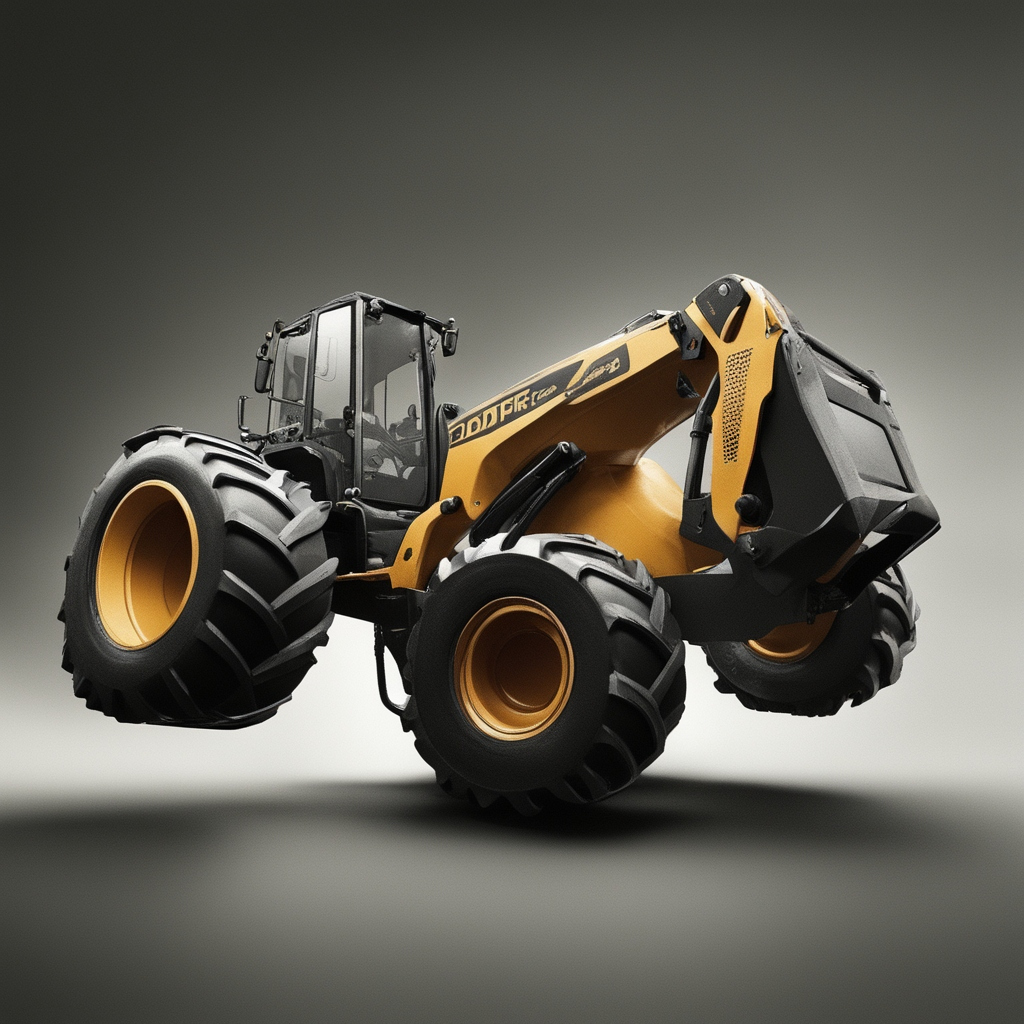The engine in the vehicle will stay healthy and last a long time if you use oil filters. They clean the engine oil of any dirt or flaws so that only clean oil flows through the engine.
Over time, dirt and other things could get stuck on these filters, making the engine work less well. It is very important to change them often for the engine to keep running at its best.
How to change oil filters
You should change the oil filter often to keep your vehicle running well and make it last as long as possible. This is a full guide on how to change an oil filter the right way:
Get the things you need
Get the job done by getting the things you need. Lots of new engine oil, a drain pan, and an oil filter wrench should all be in the vehicle before you start.
Prepare your car
Lay your car down on a flat area and let the engine cool down. This will keep you from getting burned by any hot parts.
Locate the Oil Filter
Find the oil filter. It’s most likely under the engine, close to the oil pan or the engine block. The car’s instructions will tell you exactly where to find the information you need.
Drain the Oil
Place the drain pan under the oil drain plug and slowly remove it with a socket wrench. Make sure that the pan drains all of the used oil.
Remove the Old Oil Filter
Use an oil filter wrench to turn the old oil filter backward and remove it. Only a small amount of oil should leak out. Once loose, carefully remove the filter by hand.
Prepare the New Oil Filter
Get ready to install the new oil filter. Before you do so, make sure you put some new oil on the rubber cap of the oil filter. Ensure the seal is tight to eliminate the chance of leaks.
Install the New Oil Filter
Carefully and firmly connect the new oil filter, making sure it is in place without being too tight. Read the directions that came with the filter to find out how much torque it needs.
Change the plug that drains oil
Install a new oil drain plug once all the oil is eliminated. Assure that the old one is tight enough with a socket wrench.
Replace the oil
Carefully use a tube to add the right amount of new engine oil to the engine after taking off the oil cap. Make sure the oil level is in the right range with the tester.
Look for Leaks
Allow the engine to run for some time. Look for leaks in the area around the oil filter and drain plug. It is important to turn off the engine right away and carefully check the part again if any leaks are found.
Dispose of Old Oil Properly
Carefully pour the used oil from the drain pan into a container that can be closed. Then, properly throw away the container by taking it to a recycling center or a car service shop.
Tips for maintaining oil filters:
Oil filter maintenance is essential to keep the engine running well and to make it last longer. Here are some tips on how to keep your oil filter up to date:
Inspect Regularly
Check the oil filter regularly. Schedule a time to do this every time you change the oil. Check it all out to see if there are any leaks, damage, or clogs. A filter that doesn’t work or is stuck can slow down the engine.
Follow Manufacturer’s Recommendations
The oil filter should be changed at the same time as the engine oil, according to the owner’s manual for your vehicle.
Choose Quality Filters
The best filters are those made by well-known, high-quality names. Good filters catch many different kinds of dirt and grime, keeping your engine as safe as possible.
Consider Your Driving Conditions
Your maintenance plan should change depending on how you drive and the weather. For example, if you drive a lot of stop-and-go, you might need to change the oil and filter more often.
Use the Correct Oil
Check that you have the right amount of oil. Always follow what the manufacturer says about what kind of oil to use and how thick it should be. Choosing the wrong oil can really affect how well the engine runs and how well the filter works.
Monitor Oil Pressure and Temperature
Keep an eye on how hot the oil is and how much pressure it has. Watch the oil pressure and temperature readings in your vehicle very carefully. If there are unusual readings, the oil filter or the oil flow may be broken.
Conclusion
Aside from changing the oil filters when they get dirty, keeping the engine in good shape is essential so it lasts as long as possible. People can keep their vehicles running well by changing the oil filter and doing other usual maintenance. It is essential to use good filters, do what the manufacturers say, be responsible for protecting the engine well, and save money on long-term maintenance costs. At CT Parts, we aim to provide reliable car solutions that make clients happy and improve vehicle performance. CT Parts’ commitment to making filters of the best quality helps us reach this goal. To provide dependable automotive solutions that enhance customer satisfaction and vehicle performance




